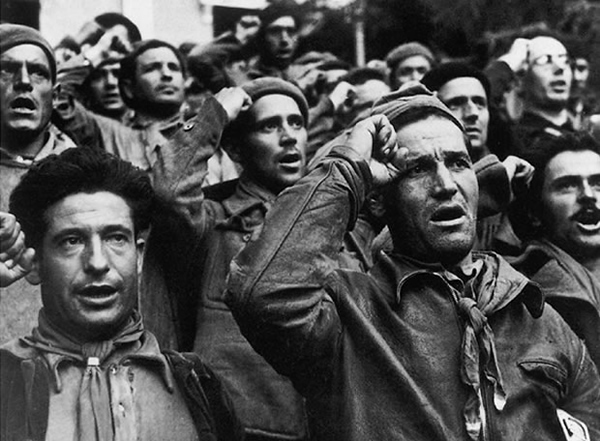War photography covers an urgent shortage in the context of visual documentation. It, more than other forms, of media, exposes the harsh reality of warfare regions to the forefront of public perception. The aforementioned kind of photography began alongside the creation of the camera and has evolved into a powerful tool throughout the years. Its major goal is to portray the immediate impact of war: the bloodshed, the agony, and the glimpses of compassion that arise from the annihilation. These photographs are more than simply historical records; they carry powerful tales that shape public views and emotions.
Photographers in combat regions bind faraway realities to global viewers, rendering the abstract, terrible events of battle markedly real. Through their sight, the stories of war come to light in ways that words on paper rarely do. The visual effect of these images can generate empathy, fury, and, in some cases, spark political action. As advances in technology occurred, so did the scope and immediacy of war photography, assuring its continuing importance in recording and defining the narrative of global wars.

The Evolution of War Photography: A Historical Perspective
The growth and development of war photography from the nineteenth century to the present day is a story of technological advances and shifting public perceptions. The Crimean War (1853-1856) was one of the first times the camera was employed for recording war, despite the limits of that period’s technology. Moving forward, photography was used progressively during the American Civil War, with visuals like those taken by Mathew Brady exposing the grim reality of warfare to the public’s eyes. As Susan Sontag noted in “Regarding the Pain of Others,” these early images provided the framework for a new understanding of the harsh realities of war.
Emotional Resonance and Social Impact
The potential to elicit profound emotional responses is what gives war photography its powerful effect. Images from the Vietnam War, such as Nick Ut’s “The Terror of War,” which depicts a little child escaping a napalm bombardment, have ingrained in public memory, impacting views and, in some cases, influencing the direction of political history. These photos highlight the costs of war, humanize faraway conflicts, and mobilize cultures for advocacy and change.
Shaping and Swaying Public Opinion
War visuals have historically served an important role in molding the public’s opinions. The brutal, unrelenting photographs of violent conflict push viewers to face the reality of war, frequently challenging government explanations and propaganda. Former President Richard Nixon emphasized the importance of such visuals in response to Vietnam War photography, admitting how powerful photographs may sway public opinion against the war effort.
The Courage and Ethos of War photographers
The duties of a war photographer are dangerous, demanding bravery, resilience, and a firm dedication to the truth. Legendary photographer James Nachtwey stated, “I have been a witness, and these pictures are my testimony. The incidents I’ve described should not be forgotten or repeated.” Photographers like Nachtwey brave the depths of darkness to expose injustices, often in great personal danger, because they believe in the power of photographs to change the world.
Navigating Ethical Minefields
Photographers face complex ethical dilemmas when capturing war, considering subjects’ portrayal, consent, and potential ramifications of disseminating such powerful visuals. The distinction between reporting misery and manipulating it is very thin. Kevin Carter’s troubling image of vulture observing a malnourished Sudanese kid generated debate on the photographer’s role and duties, underscoring the ethical quandaries inherent in recording human suffering.
The Digital Revolution and Its Double-edged Sword
Technological improvements have altered war photography, allowing for fast global broadcasts of images. While this rapid pace allows for quick reactions to humanitarian emergencies, it additionally brings up worries about tolerance for violence and the increasing number of unverified or manipulated photos. The availability of digital photographs has broadened wartime reporting while simultaneously challenging conventional gate-keeping responsibilities, altering notions of truth and authenticity.

War photography’s objective has consistently been to serve as testimony to the terrible truth of war. Don McCulli’s perception, “Photography for me is not looking; its feeling,” encapsulates its fundamental aim. These images create a powerful connection between far away conflicts and worldwide audiences. They force us to realize the human cost of warfare. Despite the limitations of the digital era, achieving this objective is still vital. The instantaneous nature of today’s technology creates both possibilities and responsibilities. Its has democratized entry into troubled zones. However, it necessitates an in-depth examination of truth vs. deception. War photographs convince us for our shared humanity. They emphasize the absolute necessity for compassion and action; As we navigate an era of information overload, the reliability and profound effect of war photography are more crucial than ever. These photos provide an important bridge, encouraging reflection and hopefully inspiring change.






